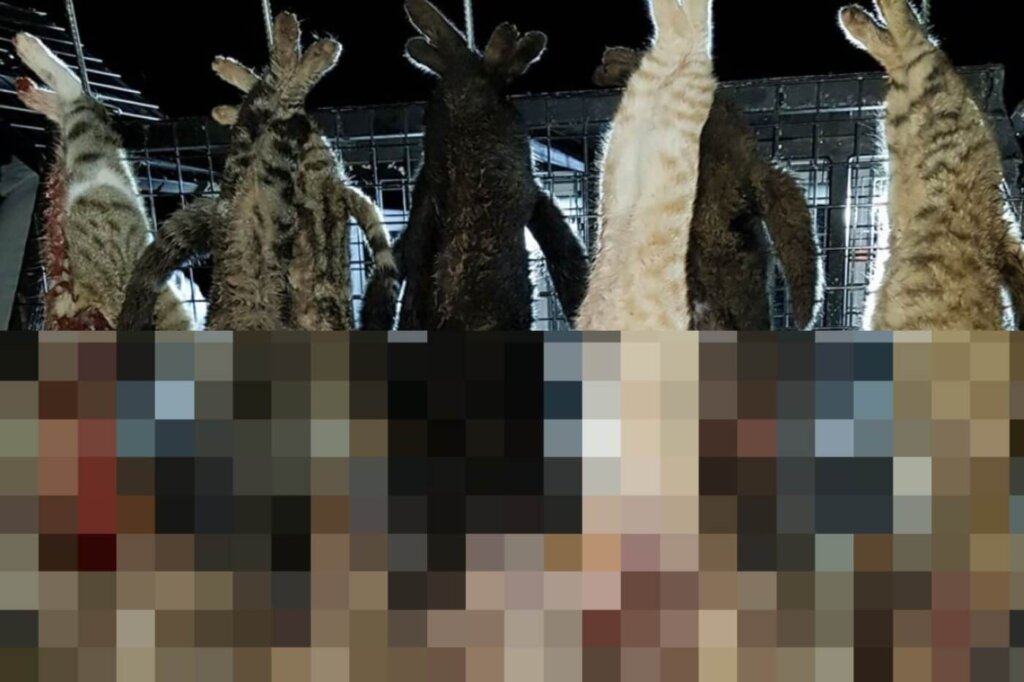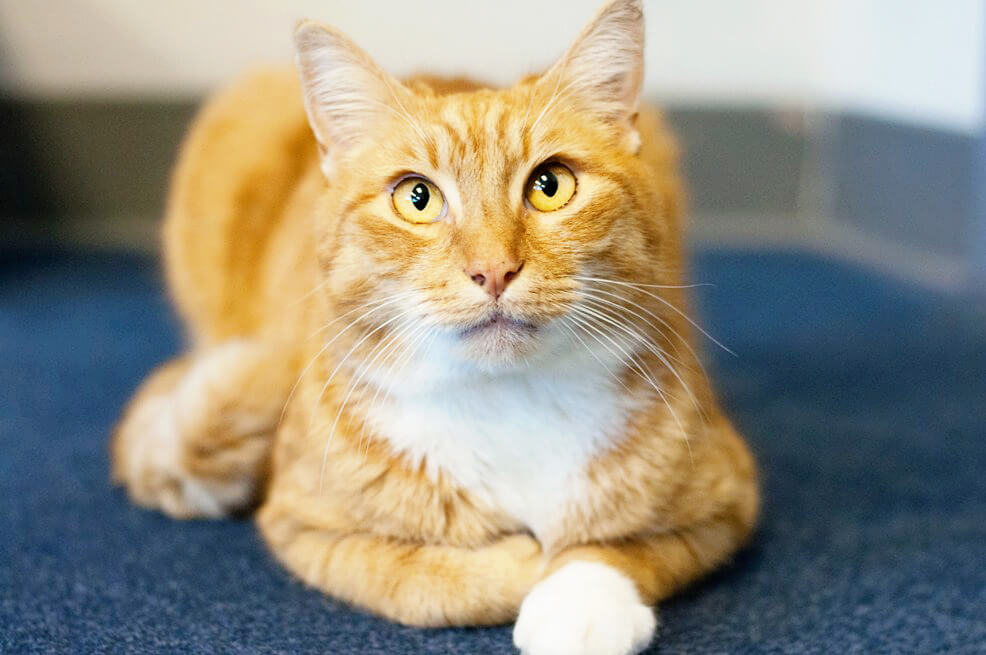Public Inquiry: Help Cats in NSW
This action is now closed.
New South Wales is seeking submissions from the public on its plans for cat populations in the state.
We’re urging policymakers to bear in mind that the proliferation of homeless and unsocialised animals is the result of human failures. It is humans who continue to breed, buy, and sell cats and kittens; humans who abandon their animal companions; and humans who fail to desex, contain, and supervise them. To then allow humans to shoot or poison the resulting animals (and any other unlucky enough to become an unintended victim) is inhumane and illogical.
Controlling Australia’s cat population requires a multipronged approach that must rest first and foremost on stemming the flow of new cats via breeding restrictions.
The NSW government wants your views on the issue and has opened a portal for people to have their say on the matter. The public inquiry is open until 22 November. Will you take 10 minutes right now to speak up for animals by responding to the inquiry?

Here’s the link to submit your views. You’ll have the opportunity to upload a document if you’d like to thoroughly respond to the inquiry’s terms of reference, or to compose a short paragraph explaining your opinions, such as how the government should promote adoption and at-home containment and invest in desexing projects and education programmes to inform the public about why there can be no such thing as a “responsible” breeder while homeless cat numbers continue to skyrocket.
Additional notes that may help inform your responses:
The effectiveness and benefits of implementing large-scale cat desexing programmes:
Any serious strategy to reduce cat numbers and the threat they pose to other animals must start with stemming the flow of new animals into a world where there are not enough homes for them. Humans are responsible for deliberately increasing cat populations as well as the reproduction of unfixed roaming and homeless cats.
Every animal bought from a breeder costs one in a shelter the chance of a loving home, contributing to the euthanasia of animals in shelters. Council shelters are overflowing, putting pressure on staff and denying new animals in need safe spaces. Australian shelters and pounds must euthanise some 50,000 healthy cats and kittens a year, yet 25% of cats – 1.32 million in 2022 – are still being purchased from breeders directly or via pet stores.
If the bought animal is not desexed and reproduces, the problem is compounded. A single free-roaming, unfixed cat can give rise to as many as 5,000 cats in seven years. Extensive and readily available desexing programmes made affordable via state government subsidies must therefore be coupled with legislation banning the breeding and sale of animals by breeders, kitten farms, pet stores, and online operators to stem the flow of new animals.
Desexing also improves the welfare of individual animals. Spaying eliminates female feline stress and discomfort during heat periods, eliminates the uterine cancer risk, and greatly reduces mammary cancer risk. One study found that spaying cats younger than 1 year old was associated with an 86% reduction in the risk of developing mammary gland neoplasia.
Neutering makes males far less likely to roam or fight, prevents testicular cancer, and reduces the risk of prostate cancer. Altered animals are less likely to contract deadly, contagious diseases, such as feline AIDS and feline leukaemia, which are spread through bodily fluids.
The effectiveness of cat containment policies and welfare outcomes for cats under contained conditions:
Cats can happily live indoors or in secure outdoor cat runs (or a combination of the two), provided they have access to enrichment, such as toys, a feline companion, puzzle feeders, scratching posts, human-interactive games that encourage exercise, and shelves, levels, and cat trees for climbing. And 92% of Australians support or do not oppose 24/7 at-home cat containment.
Allowing cats to roam outside the home is dangerous not only for wildlife but also for the cats themselves, who are at risk of disease, being hit by cars, or becoming the victims of cruel people. Cats responsibly contained at home can live up to 10 years longer than those allowed to roam free.
Options for reducing the feral cat population:
Cat management strategies must be focused on humane ways of addressing the root cause of overpopulation, not employing cruel, dangerous lethal measures.
Poisoning as a cat control measure, for example, is counterintuitive to protecting wildlife. Sodium fluoroacetate (colloquially 1080), which is commonly used in cat baits, is an environmental disaster. It is easily ingested by companion animals as well as native species, and its victims endure a slow, agonising death.
Similarly, shooting cats is cruel. Shooting moving targets, which is usually done at night, can result in inaccurate shots and cause prolonged, painful death.
In regard to tackling the root causes of overpopulation, it is not enough to rely on reactionary control methods, such as the impounding of animals identified as having homes and the killing of homeless animals. PETA urges the New South Wales government to consider the following preventive measures to reduce cat populations:
- A ban on the sale of animals by breeders, in pet stores, and online
- A ban on kitten farms
- The enforcement of 24/7 cat confinement laws
- Continuation of mandatory microchipping
- Increased public education about the importance of cat desexing, at-home confinement (including environmental enrichment), fostering, and adoption
- Increased state government funding of adoption groups and shelters to better house impounded animals and enhance rehoming efforts
- Government funding of desexing programmes
- In cases where it is necessary, euthanasia – and an end to cruel, inaccurate lethal methods such as shooting and poisoning

